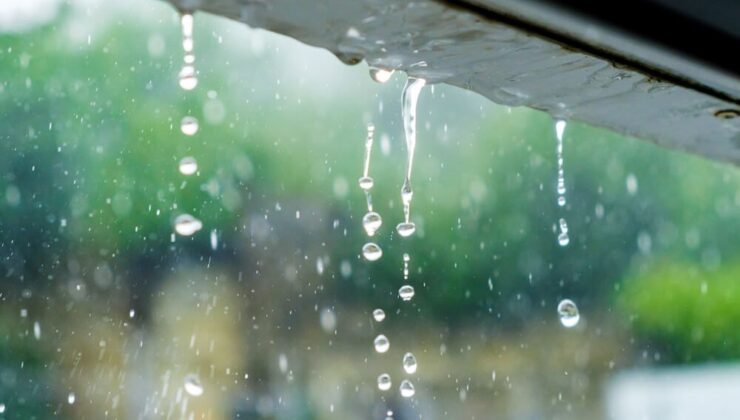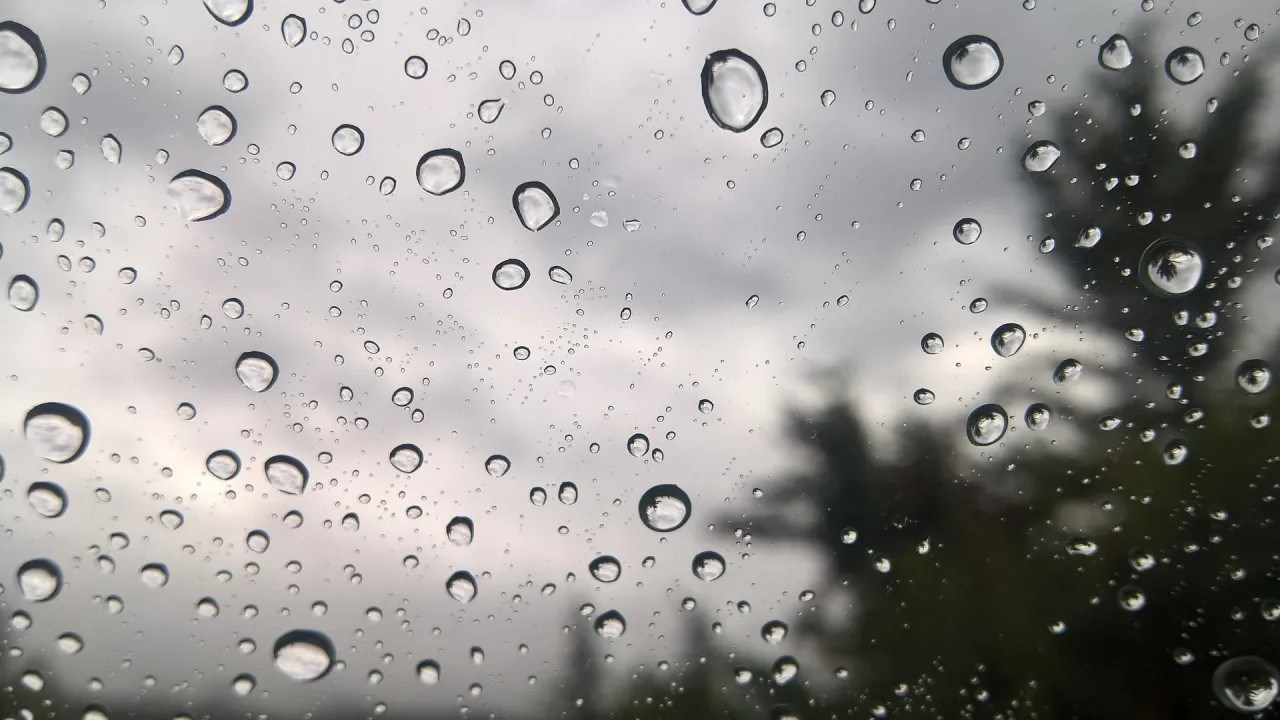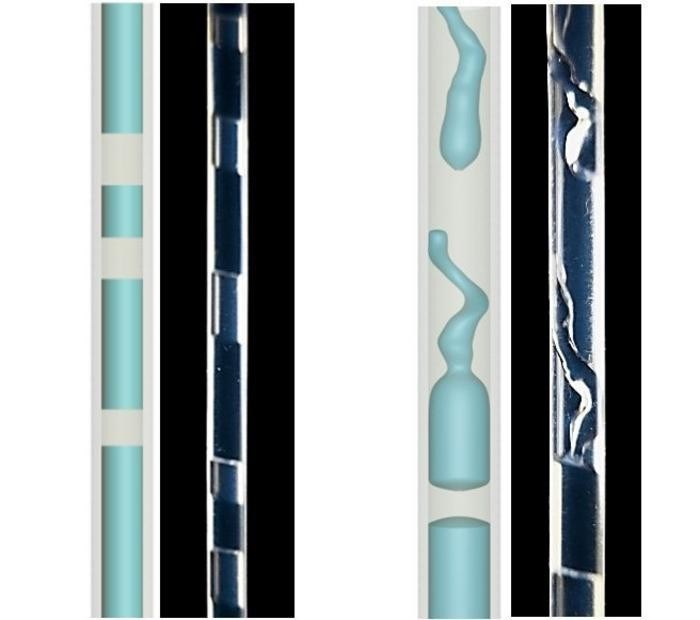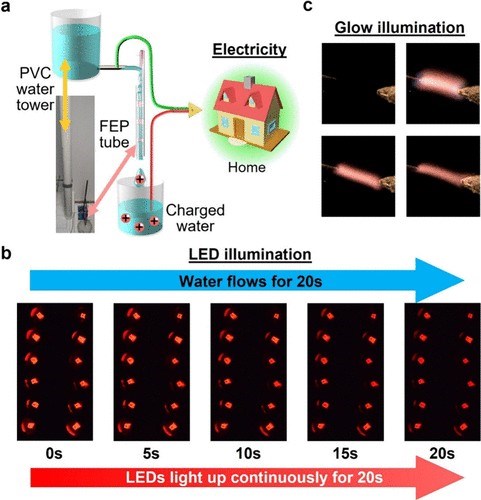



Researchers in Singapore have unveiled a groundbreaking technique to generate electricity from raindrops. This novel approach, utilizing simple vertical tubes, successfully powered 12 LEDs for a duration of 20 seconds during experimental trials.
The principle underlying this innovation is based on the phenomenon where water flowing over particular surfaces can acquire or lose electrical charge. Leveraging this knowledge, the team designed a system to capture electricity from rain-like droplets traversing a tube. By employing a specific flow pattern known as plug flow, the researchers demonstrated that clean and renewable energy could be produced from the ubiquitous rainfall on our planet.

While hydroelectric power plants are a common method of electricity generation from water, their installation is limited to suitable locations with ample water availability. The approach developed by these researchers is significant because it allows for electricity generation without the necessity for large dams or extensive water resources.

In their laboratory setup, the researchers constructed a tower equipped with a metallic needle that facilitated the dripping of rain-sized water droplets. Beneath this, they positioned a 32 cm high tube with a diameter of 2 mm, crafted from an electrically conductive polymer. As air and water descended through the tubes, the electrical charges in the water separated, and wires connected at the tube’s top and a collection vessel at the bottom gathered the resultant electricity.
This plug flow method proved to be five times more efficient than a continuous water flow system, with approximately 10% of the energy from falling water being converted into electricity. Although the droplet speeds used in the experiment were slower than natural rainfall, the researchers are optimistic that the system would perform even better under real-world conditions.

Subsequent testing revealed that channeling water through two tubes simultaneously or sequentially doubled the energy output, enabling the operation of 12 LEDs for 20 seconds. The researchers noted that this method could be deployed in urban settings, such as on rooftops, to enhance the clean energy production capabilities of buildings, highlighting its significant potential for future applications.
SİGORTA
3 saat önceENGLİSH
9 gün önceSİGORTA
9 gün önceSİGORTA
10 gün önceSİGORTA
13 gün önceSİGORTA
14 gün önceSİGORTA
15 gün önce 1
Elon Musk’s Father: “Admiring Putin is Only Natural”
11682 kez okundu
1
Elon Musk’s Father: “Admiring Putin is Only Natural”
11682 kez okundu
 2
7 Essential Foods for Optimal Brain Health
11557 kez okundu
2
7 Essential Foods for Optimal Brain Health
11557 kez okundu
 3
xAI’s Grok Chatbot Introduces Memory Feature to Rival ChatGPT and Google Gemini
11099 kez okundu
3
xAI’s Grok Chatbot Introduces Memory Feature to Rival ChatGPT and Google Gemini
11099 kez okundu
 4
Minnesota’s Proposed Lifeline Auto Insurance Program
9612 kez okundu
4
Minnesota’s Proposed Lifeline Auto Insurance Program
9612 kez okundu
 5
The Division 2: Battle for Brooklyn Expansion
8225 kez okundu
5
The Division 2: Battle for Brooklyn Expansion
8225 kez okundu
Veri politikasındaki amaçlarla sınırlı ve mevzuata uygun şekilde çerez konumlandırmaktayız. Detaylar için veri politikamızı inceleyebilirsiniz.